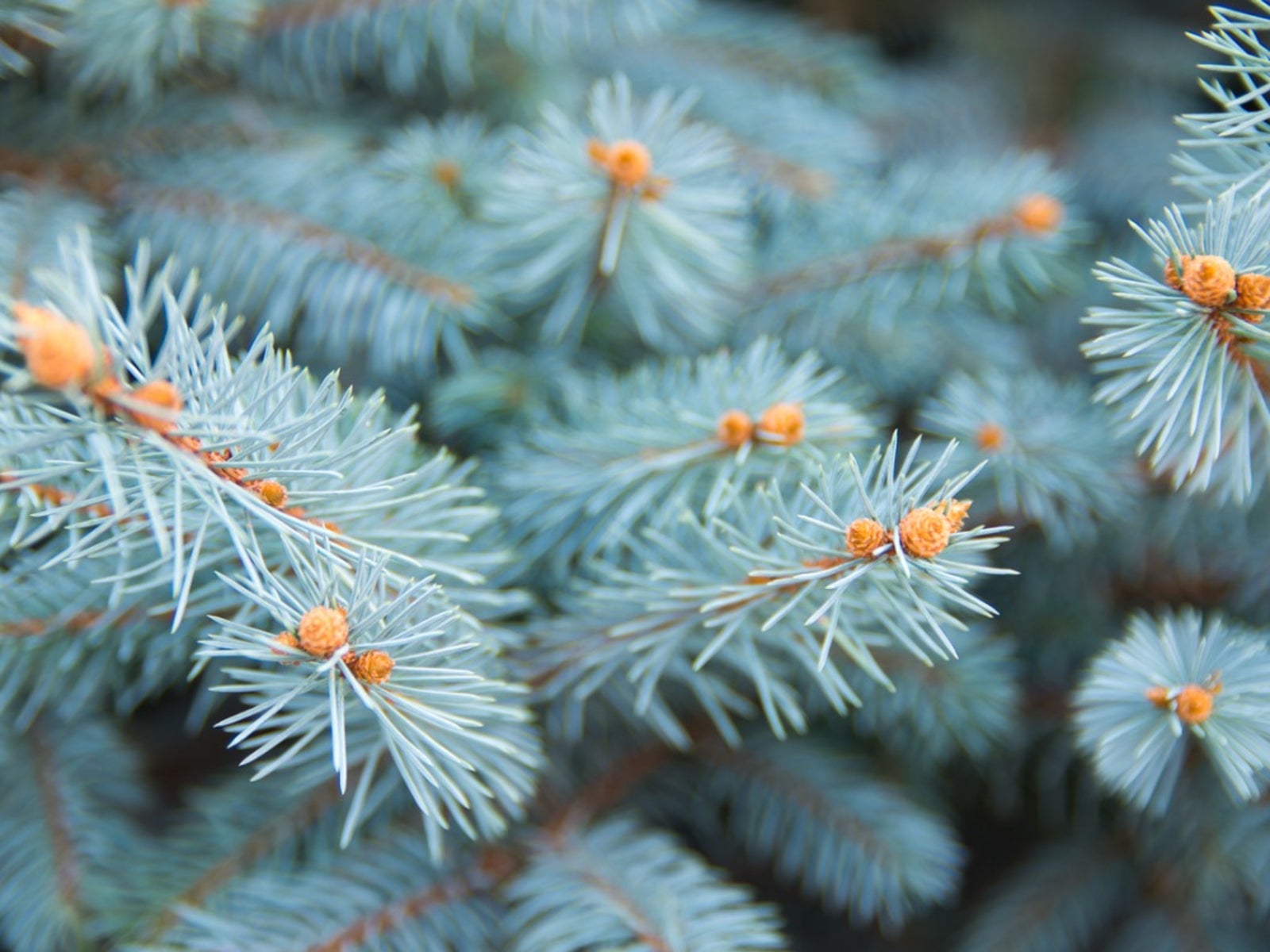Colorado Blue Spruce Planting Guide: Tips On Caring For Colorado Spruce
Learning to plant and care for Colorado Spruce is a snap. Growing up to 60 feet, it adds a dramatic, conical flair to any landscape, backdrop or border.


The names Colorado spruce, blue spruce and Colorado blue spruce tree all refer to the same magnificent tree—Pica pungens.
Large specimens are imposing in the landscape because of their strong, architectural shape in the form of a pyramid and stiff, horizontal branches that form a dense canopy.
The species grows up to 60 feet (18 m.) tall and looks best in open, arid landscapes, while smaller cultivars that grow 5 to 15 feet (1.5 to 5.5 m.) tall are right at home in lush gardens.
Colorado Spruce Info
Colorado blue spruce is a Native American tree that originated on stream banks and crags in the western United States. This sturdy tree is grown in farmlands, pastures and large landscapes as a windbreak and doubles as a nesting site for birds.
Dwarf species are attractive in home landscapes where they look great in shrub borders, as backdrops for borders and as specimen trees.
Short, sharp needles that are square in shape and very stiff and sharp attach to the tree singly rather than in bunches, like pine needles.
The tree produces 2 to 4 inch (5 to 10 cm) brown cones that fall to the ground in autumn. They are distinguished from other spruce trees by the bluish color of the needles, which can be quite striking on a sunny day.
Sign up for the Gardening Know How newsletter today and receive a free copy of our e-book "How to Grow Delicious Tomatoes".
Colorado Blue Spruce Planting Guide
Colorado blue spruce grows best in a sunny location with moist, well-drained, fertile soil. It tolerates dry wind and can adapt to dry soil.
The tree is hardy in USDA plant hardiness zones 3 through 7.
Plant Colorado blue spruce in a hole that is as deep as the root ball and two or three times as wide. When you set the tree in the hole, the top of the root ball should be even with the surrounding soil. You can check this by placing a yardstick or flat tool handle across the hole. After adjusting the depth, firm the bottom of the hole with your foot.
It's best not to amend the soil at planting time, but if it is poor in organic matter, you can mix a little compost with the dirt that you removed from the hole before backfilling. Compost should make up no more than 15 percent of the fill dirt. Fill the hole half full with the fill dirt and then flood the hole with water. This removes air pockets and settles the soil. After the water has drained through, finish filling the hole and water thoroughly. If the soil settles, top it off with more dirt.
Do not mound soil around the trunk.
Caring for Colorado Spruce
Once the tree is established, caring for Colorado spruce is simple. Water it regularly to keep the soil moist through the first season and only during dry spells thereafter.
The tree benefits from a 2-inch (5 cm) layer of organic mulch that extends just beyond the tips of the branches. Pull the mulch back a few inches (11 cm.) from the base of the tree to prevent rot.
Colorado blue spruce is susceptible to cankers and white pine weevils. The weevils cause the leaders to die back. Cut off dying leaders before the damage reaches the first ring of branches and choose another branch to train as a leader. Stake the new leader into an upright position.
Some insecticides remove the wax coating on the needles. Since the wax is what gives the tree its blue color, you want to avoid this if at all possible. Test insecticides on a small, inconspicuous part of the tree before spraying the entire tree.

Jackie Carroll has written over 500 articles for Gardening Know How on a wide range of topics.